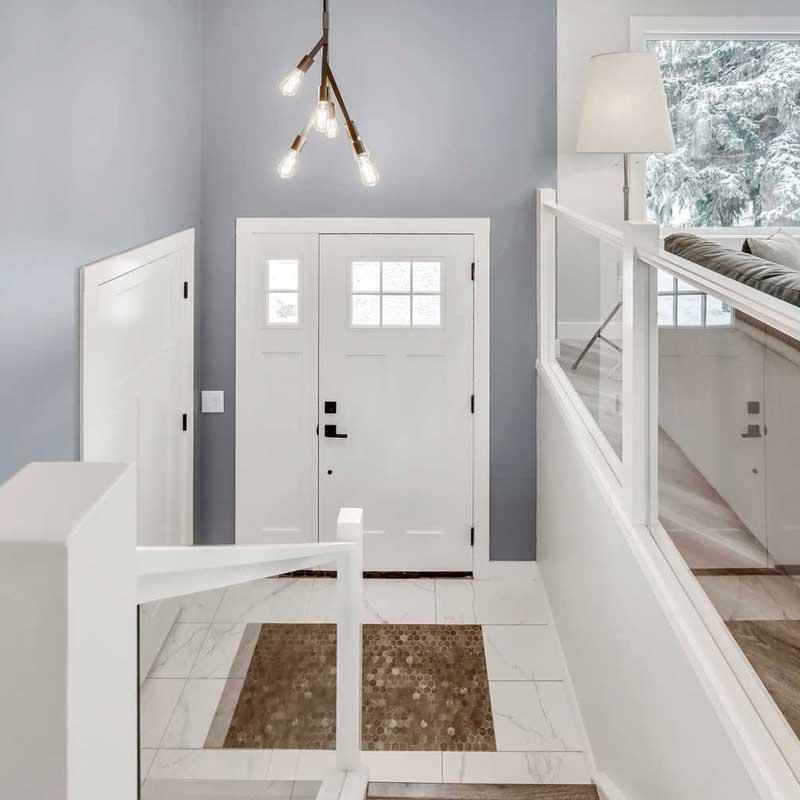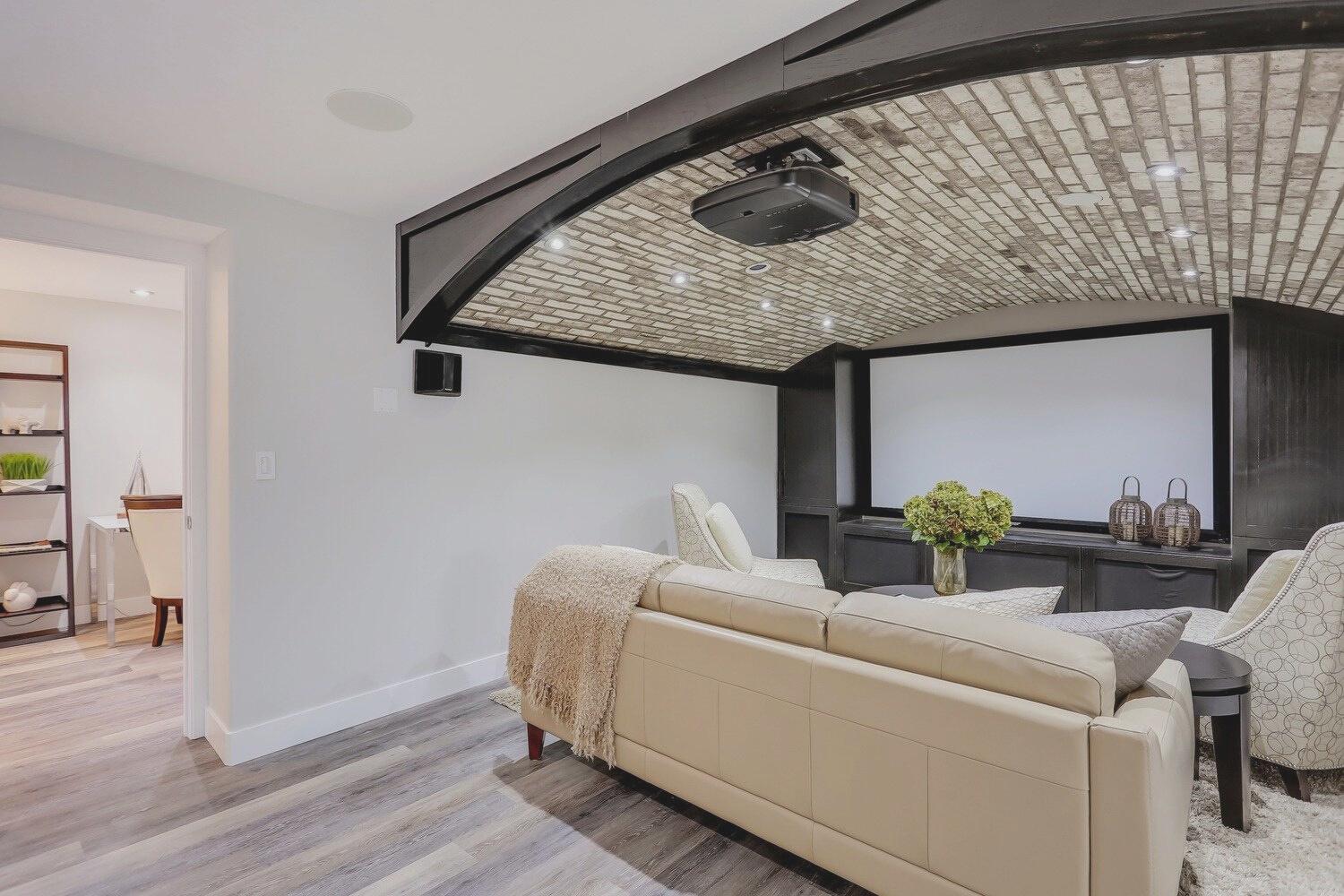HowtoPaintInterior

Walls








This is a two-step operation within one step. The first part is ensuring that you have the right tools and materials for the job.

That means having your ladder, work lights, screwdrivers to remove light plates, paint brushes, rollers, primer and paint, painter’s tape, gloves, plastic sheeting, and anything else you may need.

When dealing with bare drywall paper, make sure to use a drywall primer. It also helps to have a pre-tint primer, which is closer to what the wall colour will be.

For instance, if you are painting the wall the same or similar colour and the paint is of good quality, there is minimal chance of a bleed.


Most of the time, a wooden stirring stick is more than enough to get the job done. If you want to get really thorough about it, you can get a metal spiral power mixer attachment that fits into the chuck of your electric drill.
Either method is fine, just make sure that the paint has been properly mixed before you begin to ensure optimal quality.

Dip lightly into your paint, making sure to wipe away the excess. From there, you can paint alongside and slightly over the edge of the painter’s tape to ensure total coverage.
If you go that route, make sure to paint the edges roughly 4 inches inward. No matter what you do, paint a minimum of 2 coats to ensure proper coverage.



Start by placing the roller on the wall and painting using “W” shapes. Generally speaking, you want to use this technique to fill in sections of the border between 4 feet wide and 4 feet high.
Make sure that you finish a section completely before moving on. It is also important to work in a fashion that maintains a wet edge.

Give it at least a few hours so that the first coat can dry, but more realistically, come back the next day. Keep an eye on the paint; the glossier it is, the longer it takes to dry correctly.

Flat paint dries faster, even being ready to repaint in as soon as an hour. Under warm, dry conditions, apply the second coat using the same techniques as above.

Give it at least a few hours so that the first coat can dry, but more realistically, come back the next day. Keep an eye on the paint; the glossier it is, the longer it takes to dry correctly.

Flat paint dries faster, even being ready to repaint in as soon as an hour. Under warm, dry conditions, apply the second coat using the same techniques as above.



